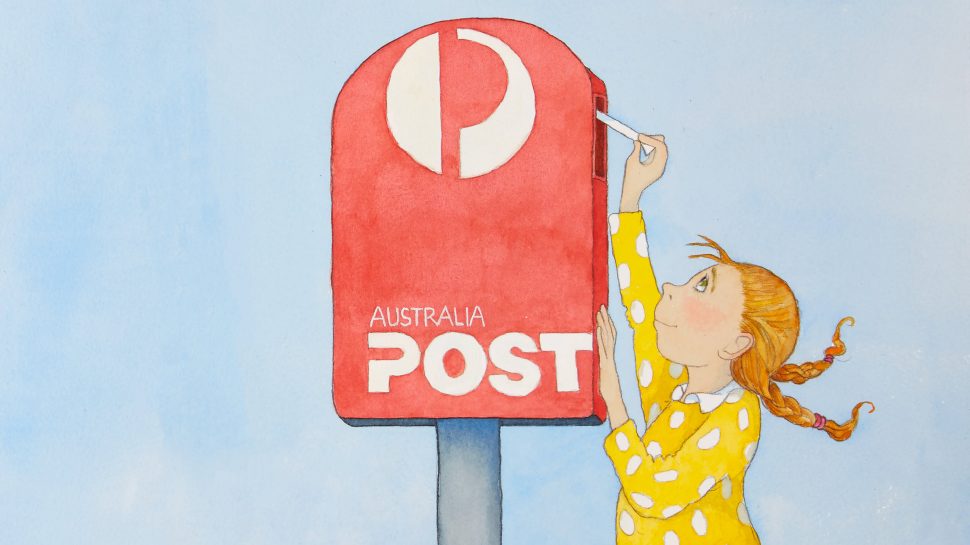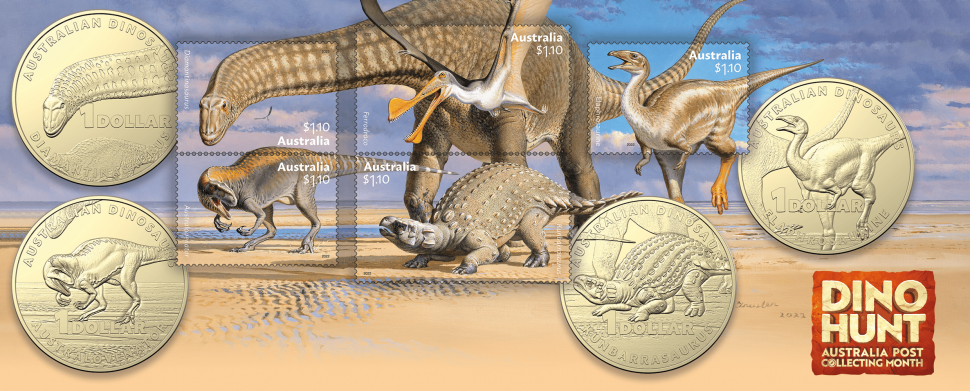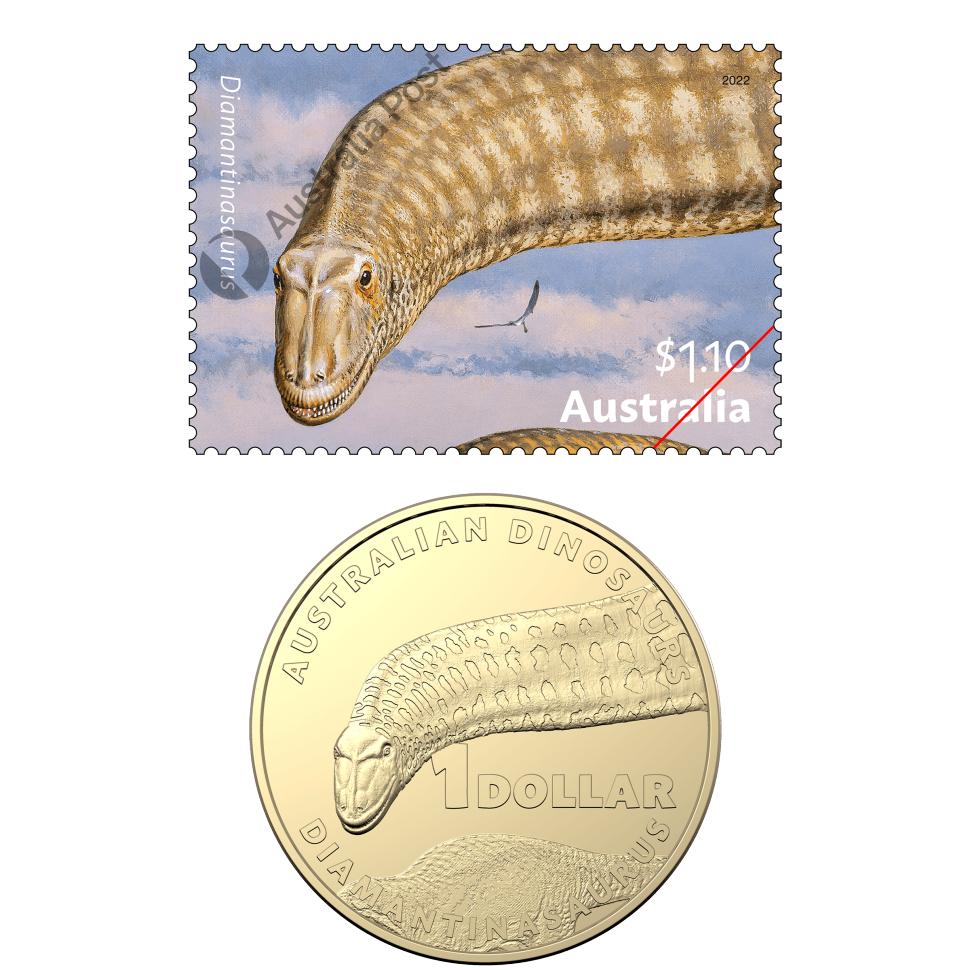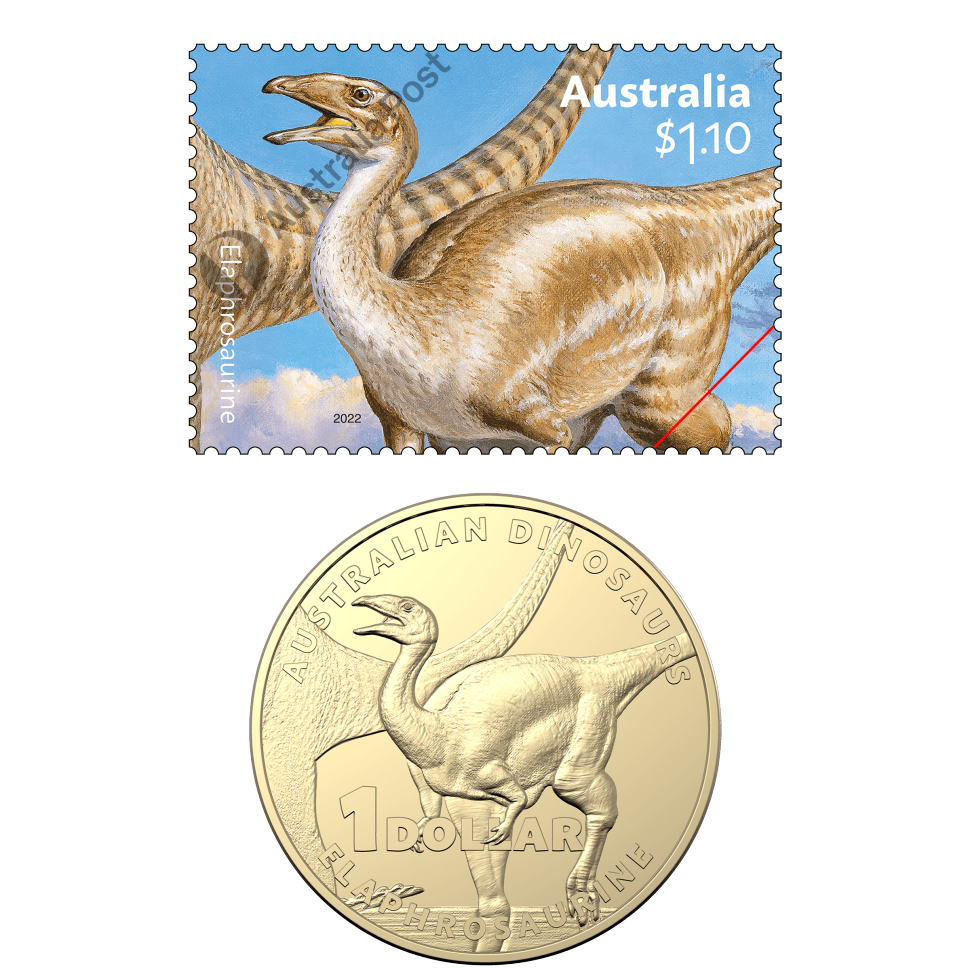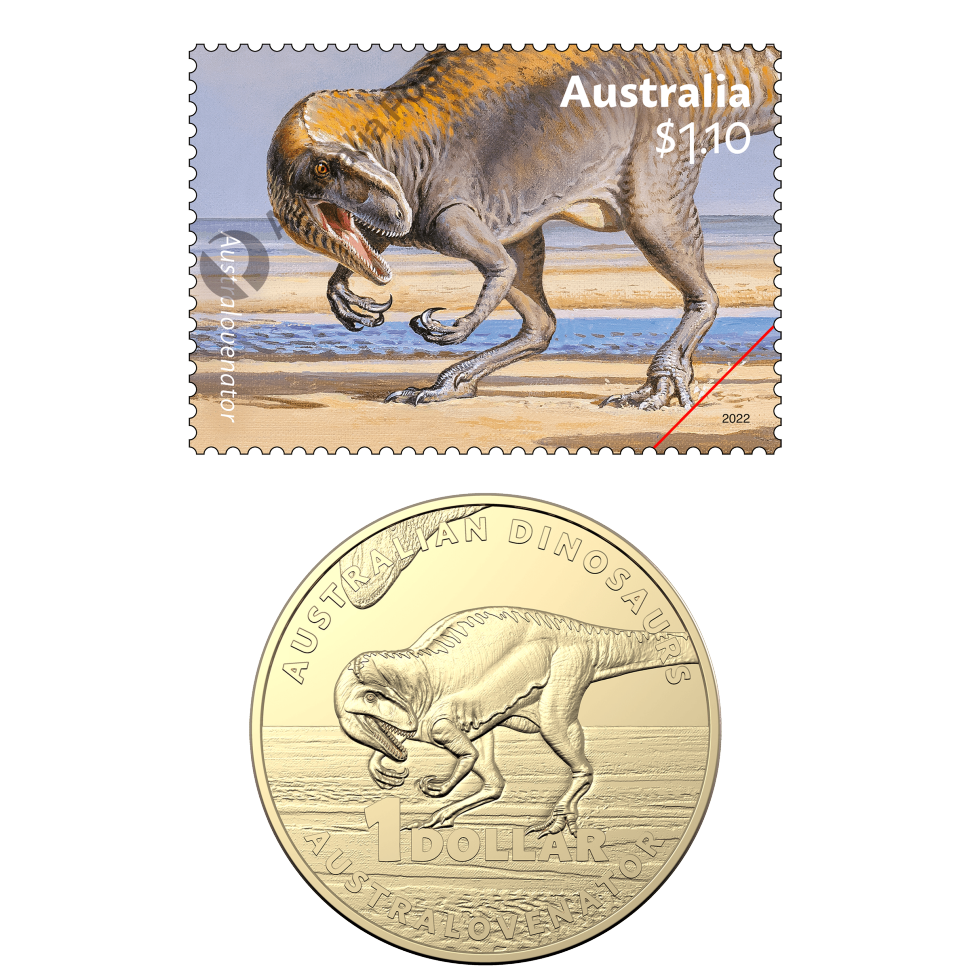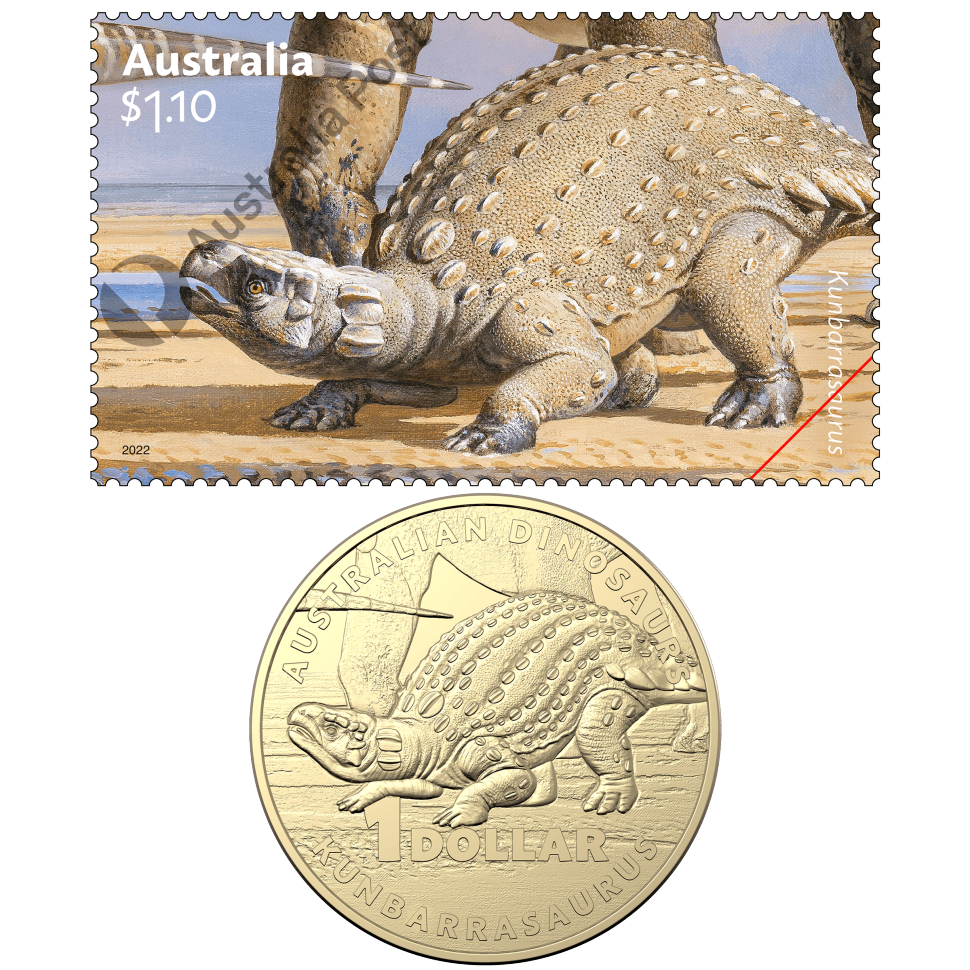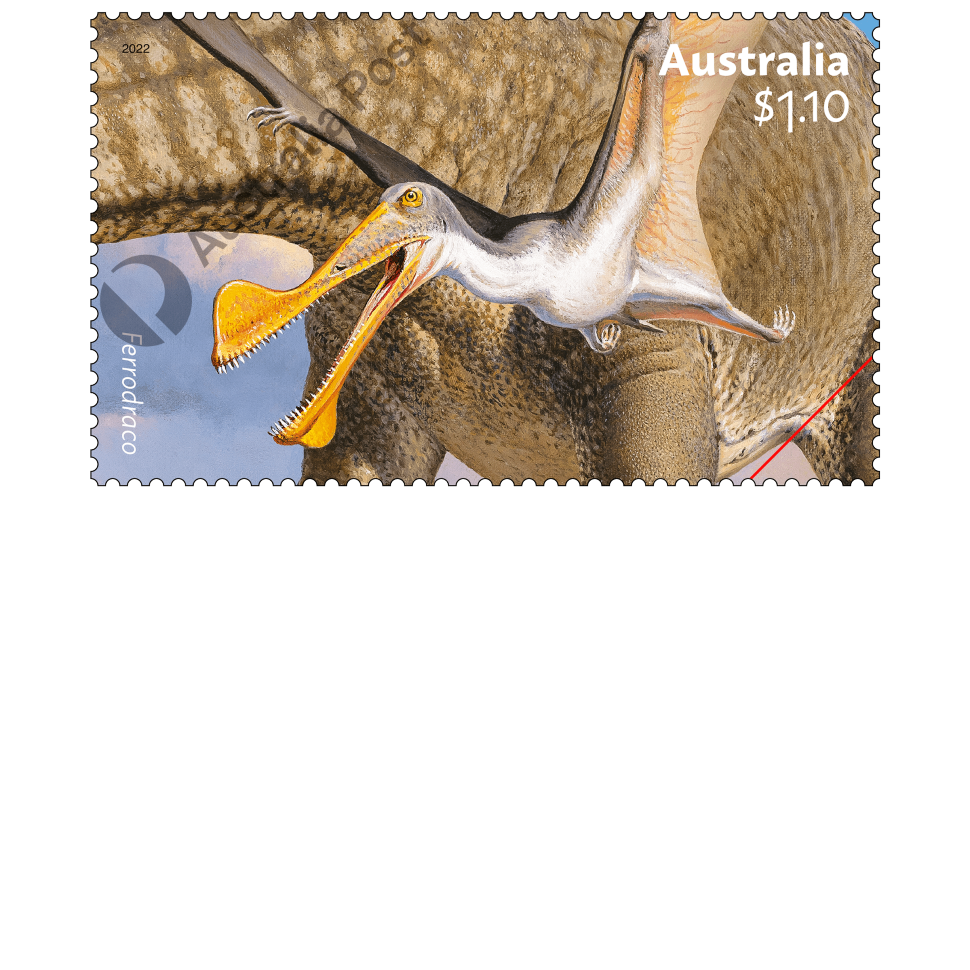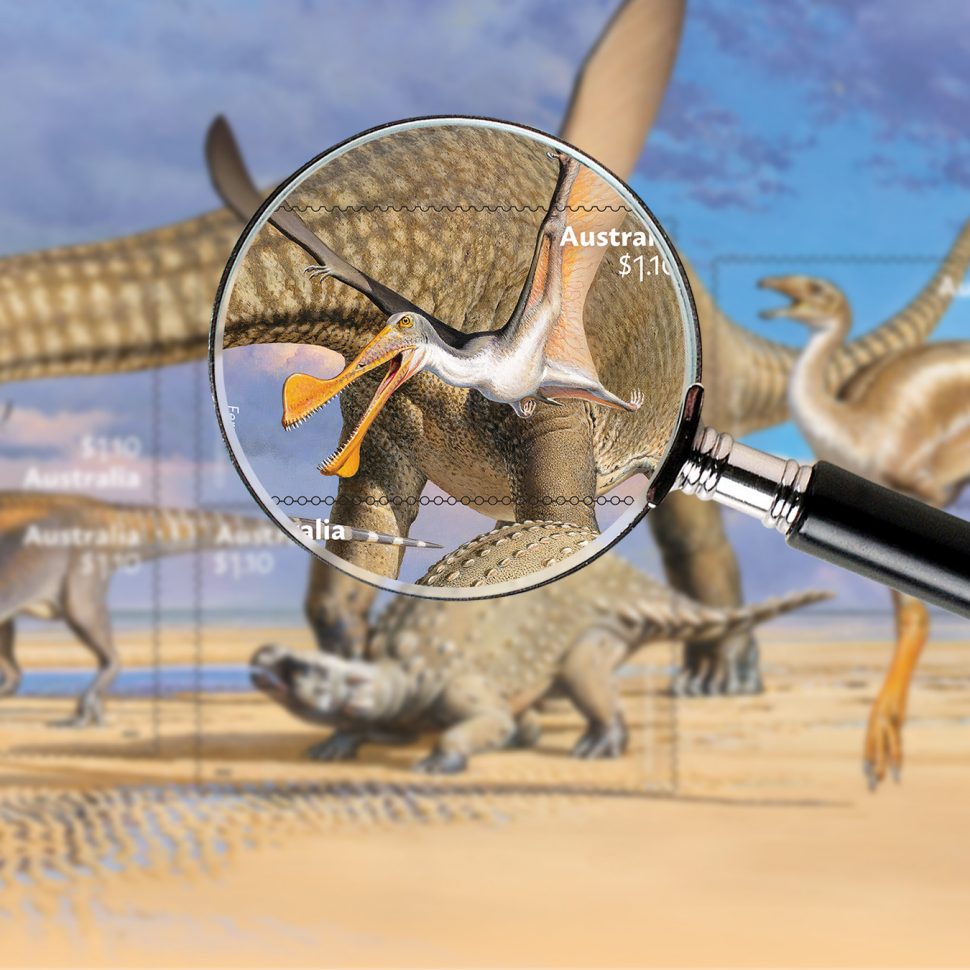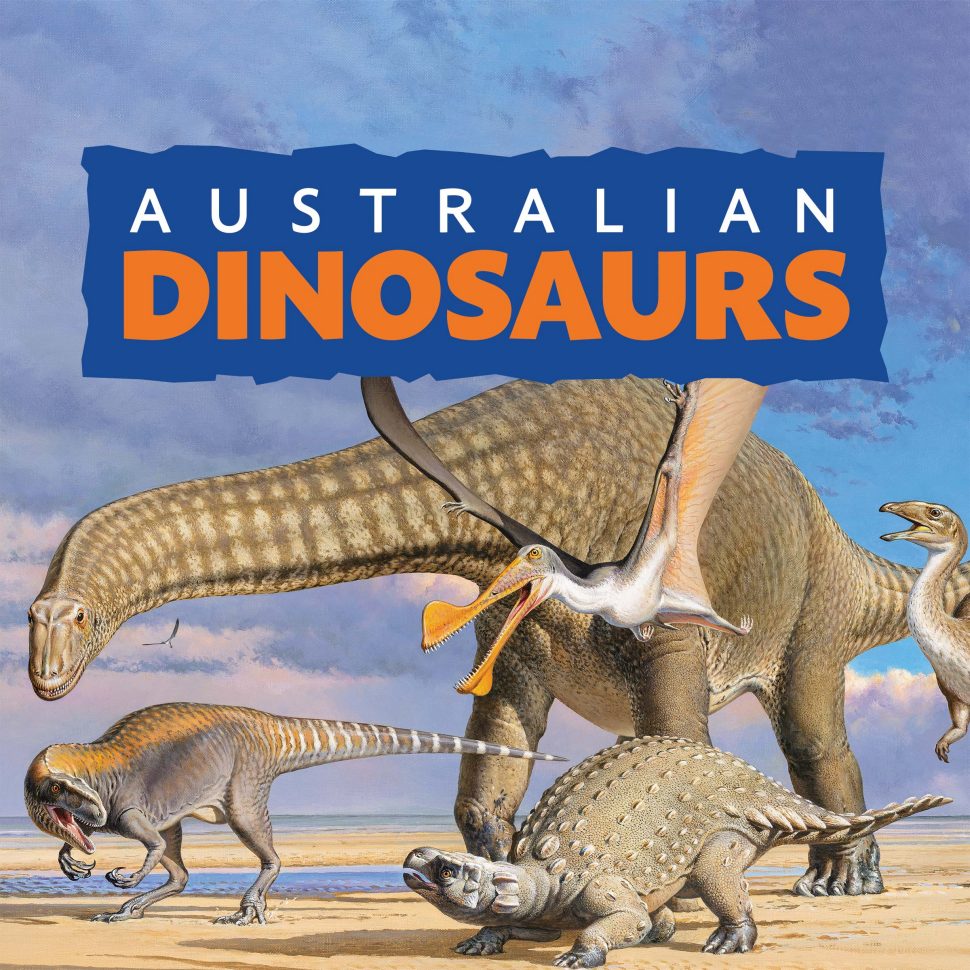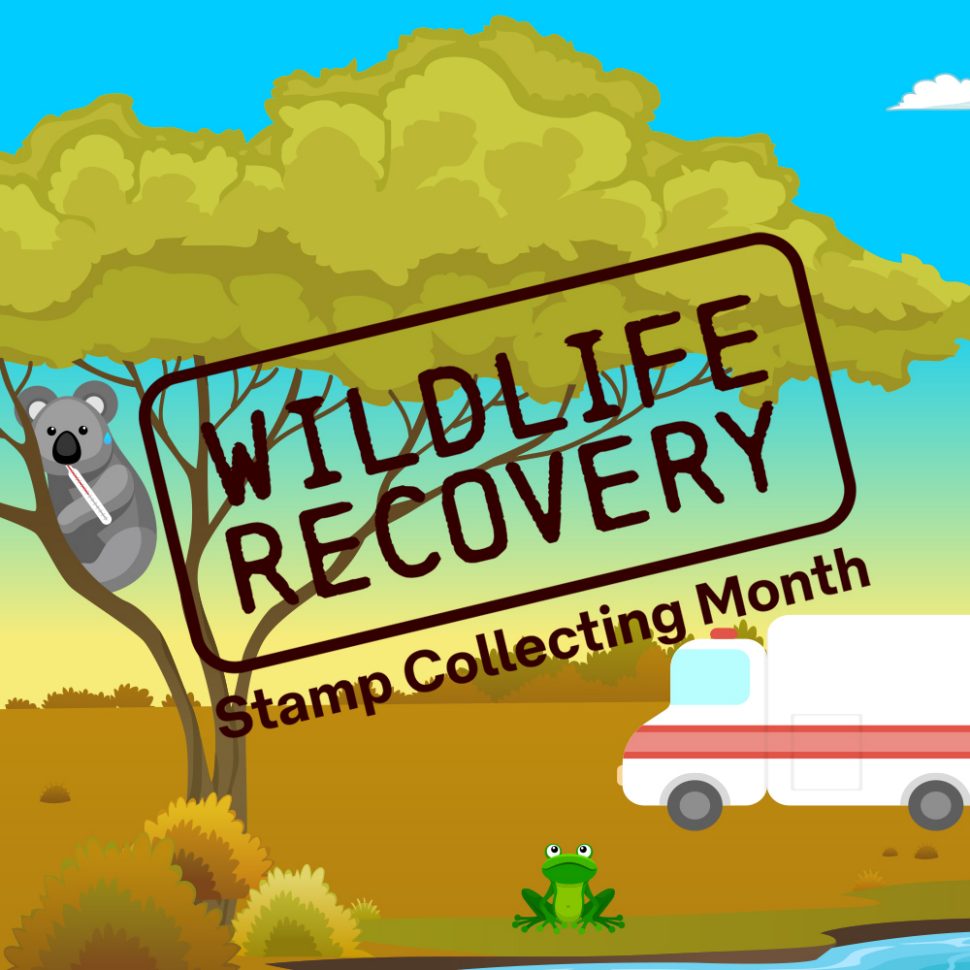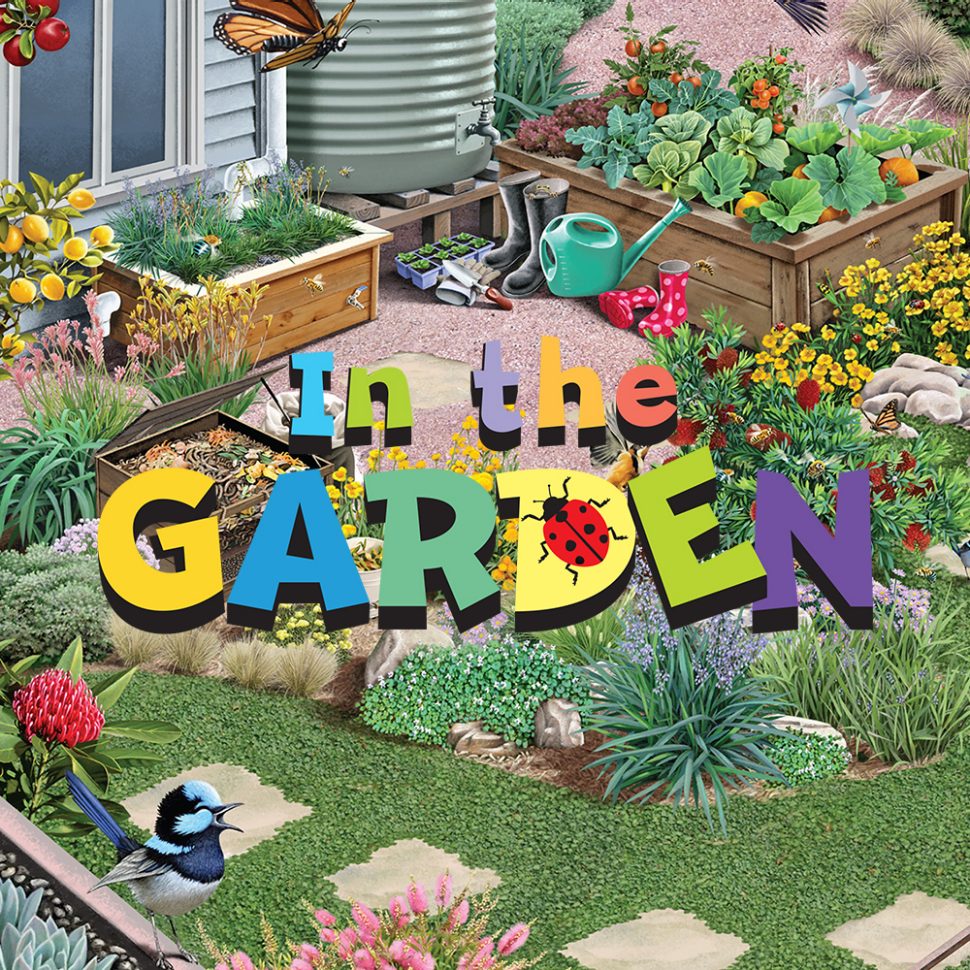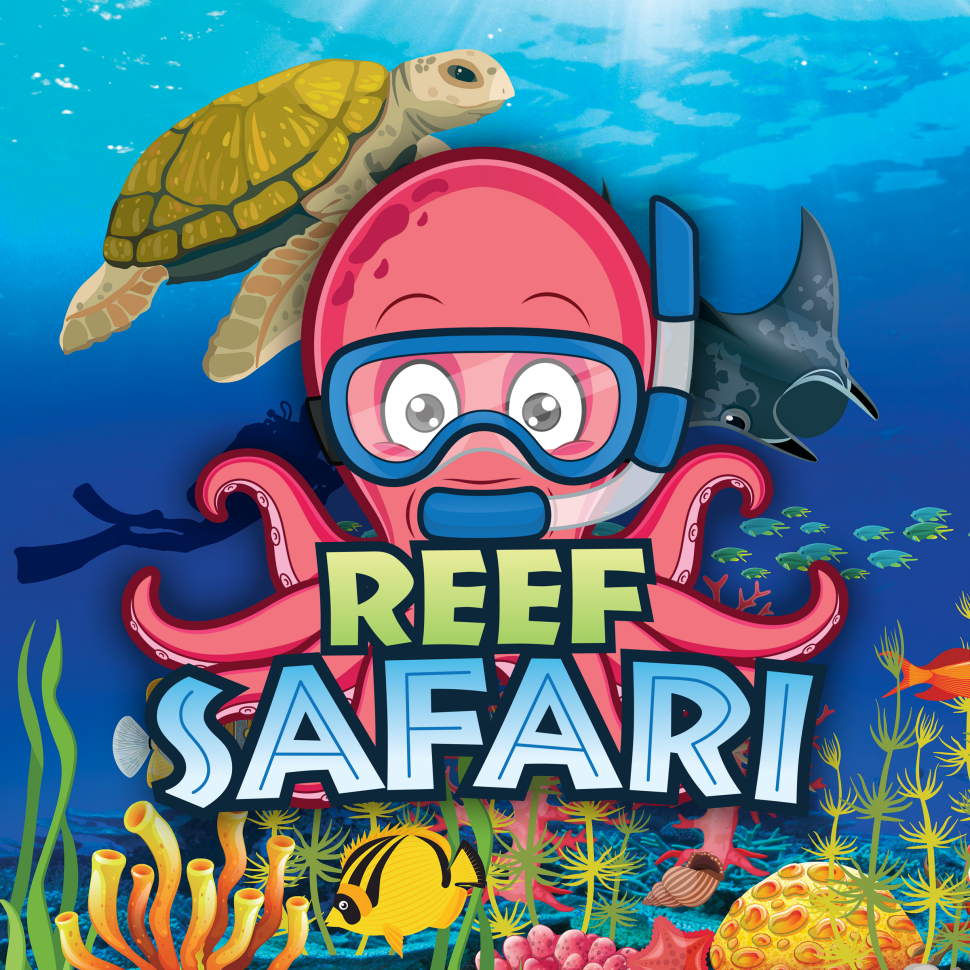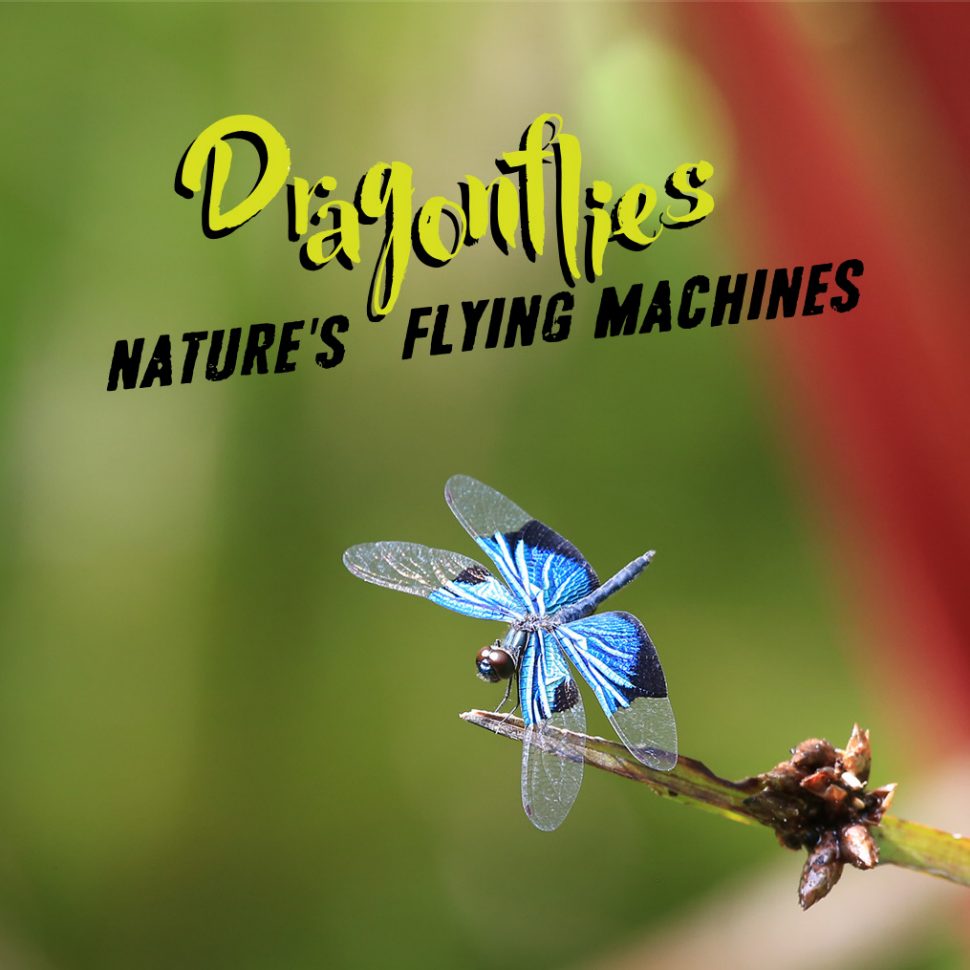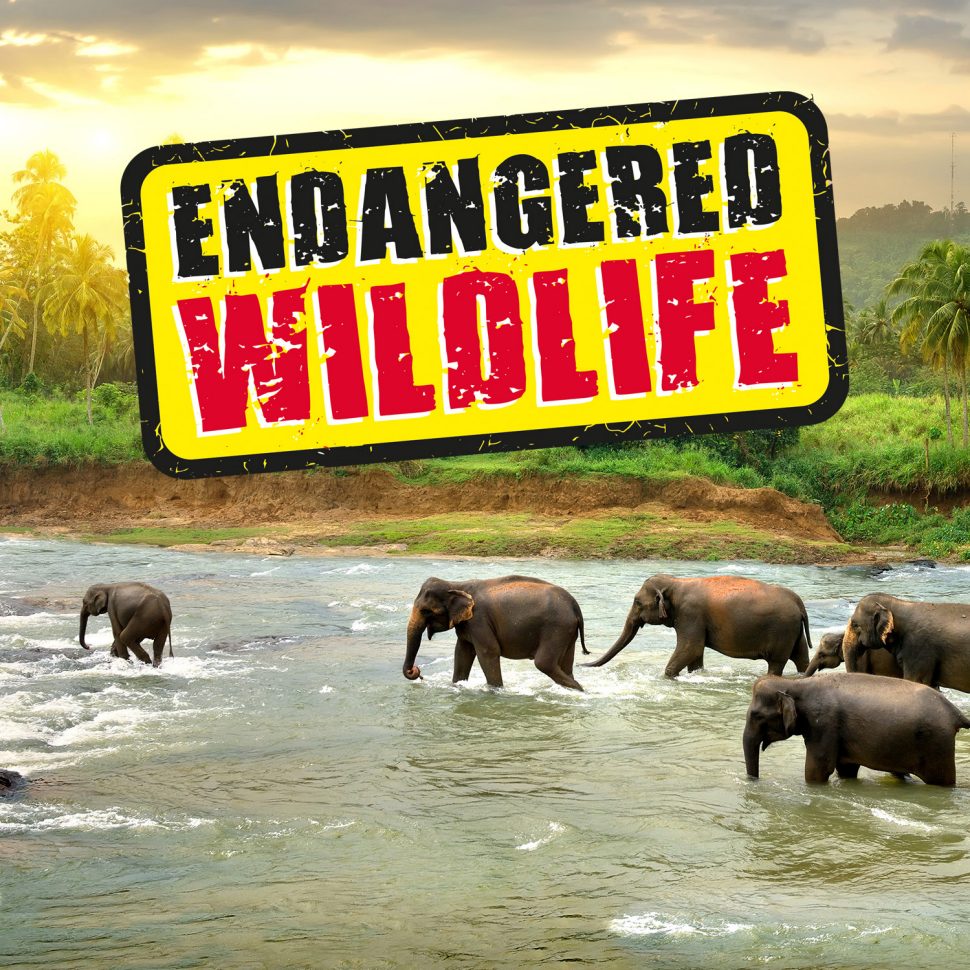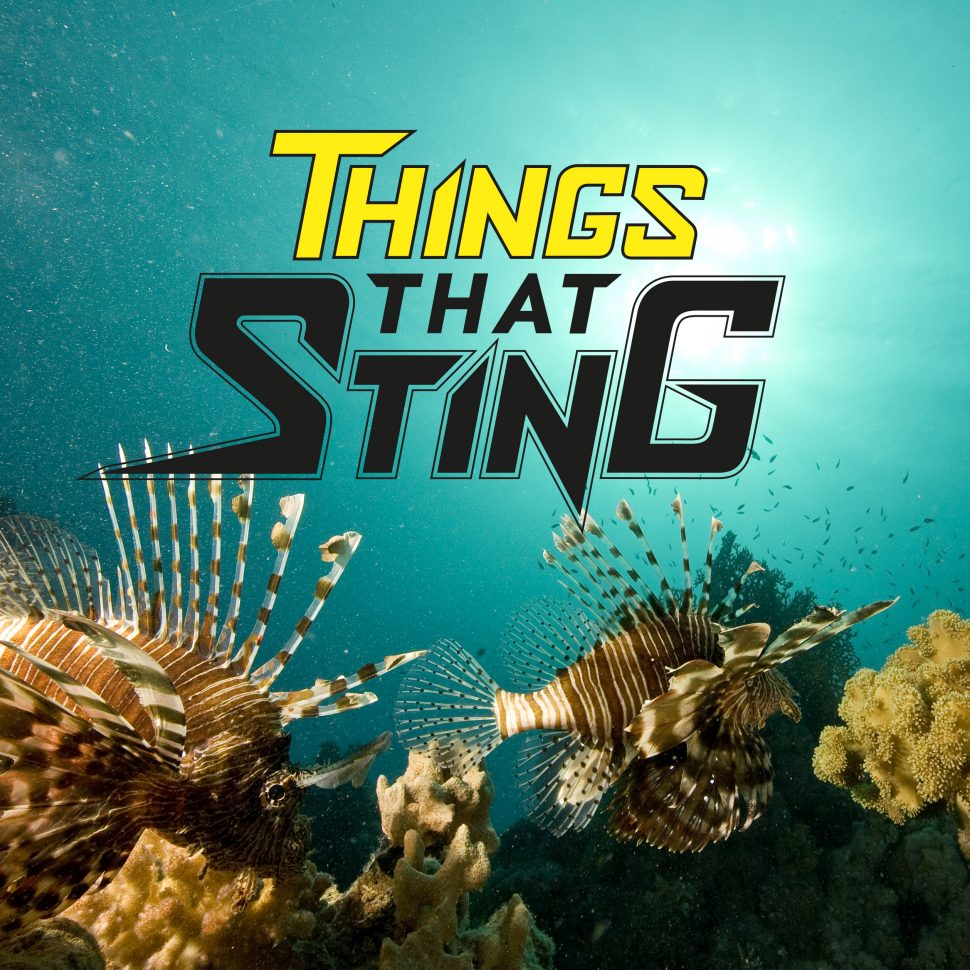The titanosaurian sauropod (meaning “lizard-footed”) Diamantinasaurus matildae lived during the Mid-Cretaceous Period, around 100–95 million years ago, in what is now southern central Queensland. This huge, four-legged, longnecked, plant-eating dinosaur is estimated to have measured 16 to 20 metres in length and about 2.5 to 3 metres tall at the hip. The first fossilised bones were found in 2005 near Winton, Queensland. Around 30 per cent of the skeleton has been recovered, making it the most complete Cretaceous sauropod ever found in Australia. The known skeleton (nicknamed “Matilda”) includes most of the forelimb, shoulder girdle, pelvis, hindlimb and ribs, one shoulder bone, a radius and some vertebrae.
